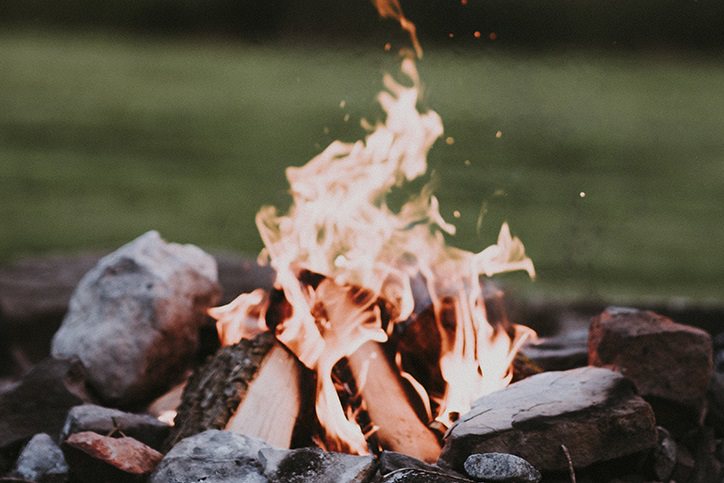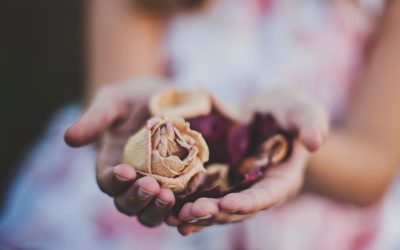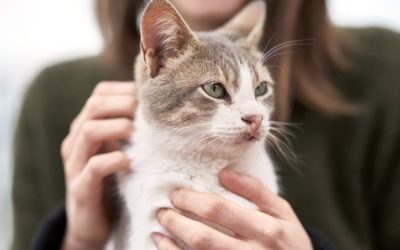Here in America and in most of Canada, we have funeral traditions that have stood the test of time for decades, even centuries.
But our traditions are vastly different from those in other countries and cultures.
This article looks at Luhya people of Kenya funeral traditions and is part of a series that highlights how different cultures care for their dead. Other parts of the series are about Rwandan funeral traditions and Puerto Rican funeral traditions among others.
Note, these traditions may vary depending on the individual and their own beliefs.
Luhya People of Kenya Lifestyle
The Luhya people of Kenya make up around 5.3 million people, which is 16% of Kenya’s population. You also may hear them referred to as Abaluyia or Luyia. They grow crops such as corn, cotton, and sugarcane as income and also grow vegetables for food. The main food they make is ugali, which is made of corn flour and cornmeal. Then, they mix it with other vegetables and meat, such as chicken, goat, fish, or cattle.
Preparation of the Body
Traditionally, the Luhya people of Kenya prepared a body by preserving the deceased in wet sand or charcoal. Then, they placed dimes on their forehead and used animal skins to wrap the body and placed them in reeds that were like a casket. However, today the body preparation is done by the funeral home.
Death Superstitions
To make sure the deceased’s ghost doesn’t haunt the living, they perform specific funeral rituals. Before the burial, they move the deceased from the funeral home to their home to spend time with them. During this time, they keep the casket open. For the burial, they face the deceased a specific direction and dress them in a specific color of burial attire. They also may hire professional mourners to weep loudly at the funeral.
Mourning Period
During the mourning period before the burial, everyone views the body, grieves, and pays their respects. Some mourners may even tear down banana plants to express their grief. There also is a wake with a bonfire where everyone shares memories of the deceased and sings songs. Typically, the deceased’s family is responsible for feeding the mourners, but their neighbors may help as well.
Luhya People of Kenya Funeral Traditions and Burial
The Luhya people of Kenya funeral traditions depend on the deceased’s age. For a child, the funeral is three days after their death, and for an adult, it’s a week later. To express their grief, those who were close to the deceased may crawl around, tear their clothes, and weep. For the service, the village elder is in charge and performs the eulogy, hymns, and prayers.
Depending on the funeral funds and personal preferences, the funeral food may include a variety of dishes. Some common funeral dishes include meat such as cow or goat, ugali, rice, and vegetables.
The burial is two to three days after the mourning period and wake. Sometimes, depending on the circumstances of the death, the burial may be at night. For a deceased older male, they bury him in front of the house on the right side. If they had a spouse, they bury them on the left side of their husband. If an adult female dies before marriage or divorced their husband, they’re buried behind the house near the fence or in the banana plantations, since they consider them foreigners.
Memorial Services
Even long after the burial, they have memorial services to remember the deceased. At a memorial service, they serve food and drinks, and there is traditional drum playing. Mourners also may shave their head and eyebrows. However, today they typically just trim their hair instead.





0 Comments